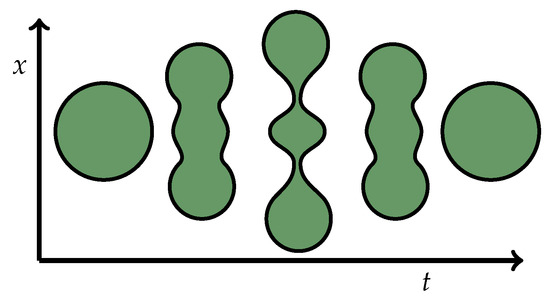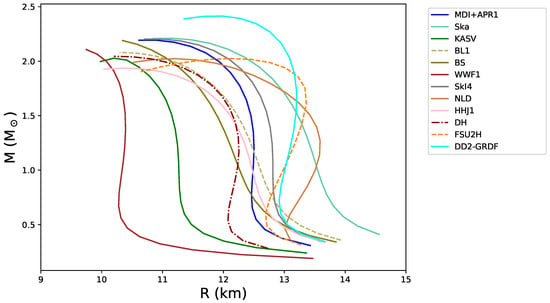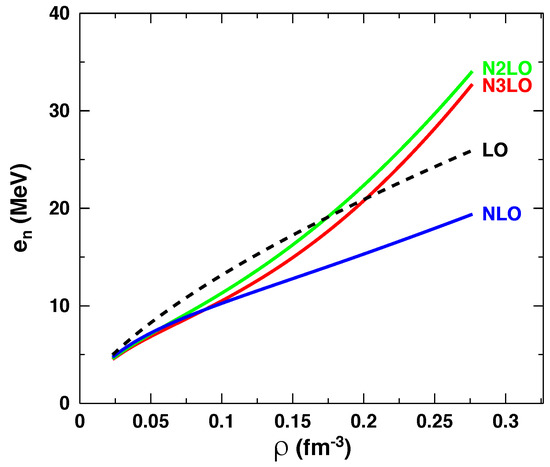Gravitational Waves as a New Probe for Astronomy and Fundamental Physics
A topical collection in Universe (ISSN 2218-1997). This collection belongs to the section "Gravitation".
Viewed by 11506Editor
2. Mullard Space Science Laboratory, University College London, Holmbury St. Mary, Dorking GU5 6NT, UK
Interests: high-energy astronomy: gravitational waves and their electromagnetic counterparts; gamma-ray bursts and their progenitors; ultrahigh energy cosmic rays; cosmology: dark energy and dark matter models; quantum condensates and coherent states in cosmology; relation between dark energy and inflation; signatures of dark sector physics on the evolution of large scale structure of the Universe; Fundamental particle physics: foundation of quantum mechanics and its relation with quantum gravity, quantum cosmology, QCD and colour glass condensate method, and their applications to new physics
Topical Collection Information
Dear Colleagues,
It is our pleasure to invite you to contribute to a Universe Topical Collection on “Gravitational Waves as a New Probe for Astronomy and Fundamental Physics”. The aim is to gather a collection of contributions—theoretical, observational or methodology, original research or review—which highlight the current state-of-the-art research in observation and modelling of gravitational waves sources. Investigation of accompanying electromagnetic and particle emissions is specially appreciated.
Rationale: Pioneering detection of GRAVITATIONAL WAVES (GW) from tens of merging stellar mass objects by the LIGO and Virgo observatories has opened up a new era in understanding the universe and provided a new far-reaching tool for exploring matter and cosmos in the most extreme conditions. So far, these observations have proven the existence of black holes with a horizon as predicted by the Einstein general relativity, confirmed propagation of massless spin 2 gravitons with the speed of light, and stringently constrained several alternative models of gravity. In particular, coincident observation of GW170817 and a short gamma-ray burst have proven that they are produced by merging binary neutron stars and/or black hole and neutron star, constrained their properties, provided an independent measurement of Hubble constant, etc.
These discoveries have brought surprises, too. For instance, the existence of black holes with masses much larger than ~30M⊙ cannot be explained by models of star formation, and compact objects in the mass gap, that is, ~2.5M⊙<M<~5M⊙, found through their GW are not predicted by theories and are not observed in electromagnetic bands. Therefore, more theoretical and observational investigations are necessary.
In the near future, new ground- and space-based GW observatories will improve detection threshold and position resolution. Moreover, their pass band will be extended to lower frequencies, suitable for detection of GW from mergers of supermassive binary black holes, collapse of massive stars by supernova explosion, and phase transitions in the early universe. Detection of background GW and its fluctuations should extend our view of the Universe much farther than what is achievable with the cosmic microwave background. On the other hand, GW170817 event has demonstrated the value of multi-probe follow ups of GW sources. They are crucial for extensive exploration of underlying processes.
Dr. Houri Ziaeepour
Collection Editor
Manuscript Submission Information
Manuscripts should be submitted online at www.mdpi.com by registering and logging in to this website. Once you are registered, click here to go to the submission form. Manuscripts can be submitted until the deadline. All submissions that pass pre-check are peer-reviewed. Accepted papers will be published continuously in the journal (as soon as accepted) and will be listed together on the collection website. Research articles, review articles as well as short communications are invited. For planned papers, a title and short abstract (about 100 words) can be sent to the Editorial Office for announcement on this website.
Submitted manuscripts should not have been published previously, nor be under consideration for publication elsewhere (except conference proceedings papers). All manuscripts are thoroughly refereed through a single-blind peer-review process. A guide for authors and other relevant information for submission of manuscripts is available on the Instructions for Authors page. Universe is an international peer-reviewed open access monthly journal published by MDPI.
Please visit the Instructions for Authors page before submitting a manuscript. Submitted papers should be well formatted and use good English. Authors may use MDPI's English editing service prior to publication or during author revisions.
Keywords
- Gravitational waves
- Gravitational wave background
- Electromagnetic counterpart of gravitational waves
- Binary merger
- Black hole
- Neutron star
- Early universe
- Phase transitions in early universe
- Cosmic microwave background
- Cosmology









